AZALEA time is rapidly approaching and, in fact, I have blooms on one azalea totally out of season, even with these severe frosts. Incidentally, I was told that early -7C frosts so early in winter are a once-in-a-15-year cycle.
Of all the azalea family, I like the Gumpo azaleas best, if nothing else for their abundance of flowers. To be botanically correct azaleas are part of the rhododendron family, namely Rhododendron eriocarpum Gumpo and also known as Dwarf Indica Gumpo.
Gumpo azaleas grow to a compact 60cm tall with a 90cm bushy, dense spread and flower early to late spring. Floral displays will be more effective if they are planted in groups of threes, fives or sevens, depending on the available space. I suggest planting the same colour in each group.
Unlike most other azaleas and rhododendrons, Gumpos will tolerate full sun, are evergreen and, interestingly, bloom about two months after other azaleas, helping to provide a continuity of garden colour. Gumpos are an important part of Japanese gardens, where they have been grown for centuries.
THERE is possibly no one man who has refreshed the world more with new varieties of roses than David Austin with his English Roses. They have taken the world by storm over the years and continue to do so with new varieties every year. This week I’m featuring David Austin’s new England’s Rose.It has blooms of deep, glowing pink that are neatly held in clusters. A weather-resistant rose, even in periods of continual heavy rain its blooms do not ball and the petals fall away cleanly. Its fragrance is strong, warm and spicy. It grows to 1.2m x 1m wide, a compact size to suit most gardens. It blooms from mid-November right through to the end of summer.
A gardener who grew this rose for the first time wrote: “I grew this rose last year and although it is still a small bush, it is the most floriferous thing I have seen.
“After the first enormous flush of pink flowers that covered the whole bush, I started pinching out buds, as this little bush pumps out these buds with great vigour to encourage more blooms”.
And another gardener said: “I wouldn’t bother pinching out blooms, it blooms too fast for that.
“It is bomb proof, even in terrible weather, and forms a brilliant shaped shrub”.
I will have to find a space somewhere in the garden for this little beauty!
Jottings…
- Plant Ericas for early spring flowers so loved by bees
- Move deciduous shrubs that are in the wrong spot. It doesn’t matter if all the soil falls off as they are in their dormant stage. Trim any broken roots.
- For an early crop of rhubarb, cover with pea straw or similar and cover with an upturned bucket to exclude light. Stems will be ready two to three weeks earlier than uncovered plants.
- John Bowe, of Tablelands Trees and Shrubs, will talk about alpine gardening at Parkwood Nursery, 10.30am, Wednesday, July 8. Bookings to 6254 6726.
The post Gardening / Planning azalea blooms for spring appeared first on Canberra CityNews.
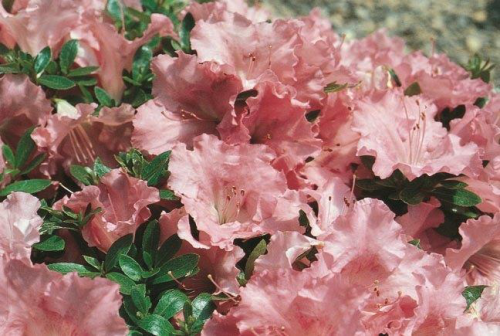
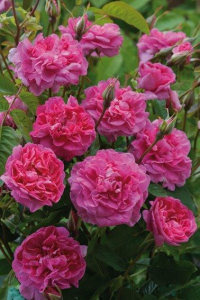
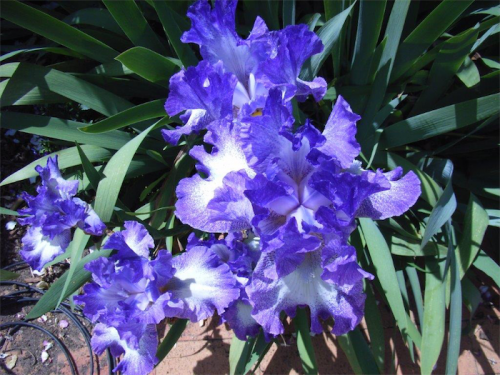
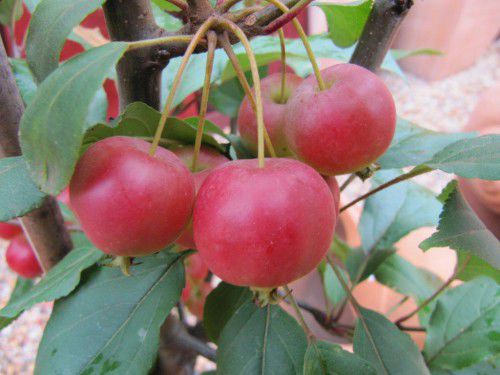

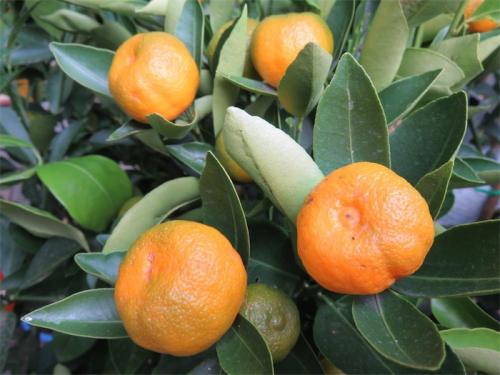
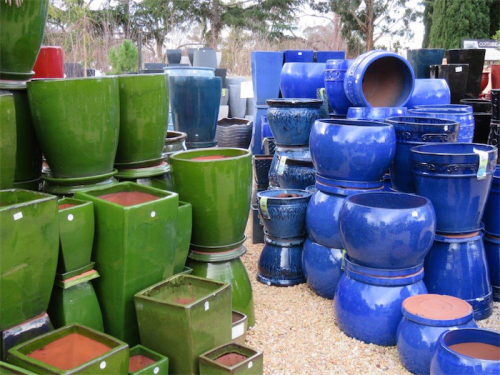
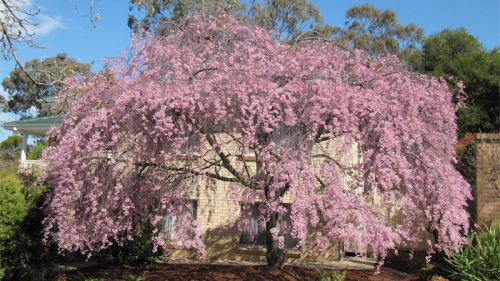
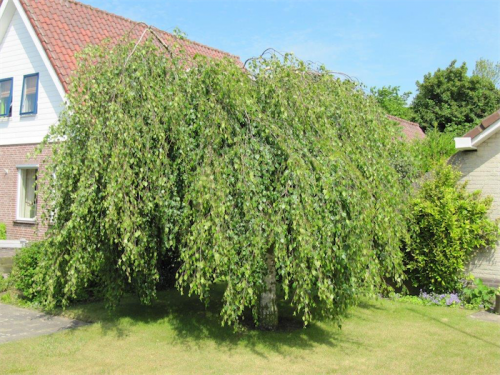
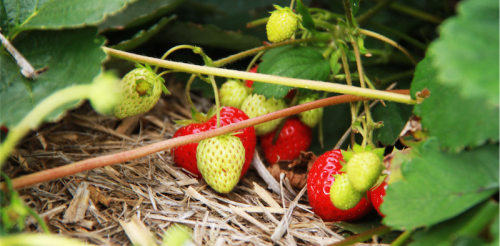
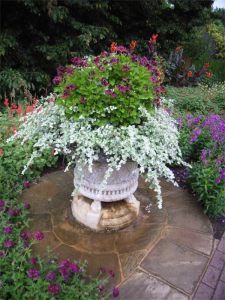

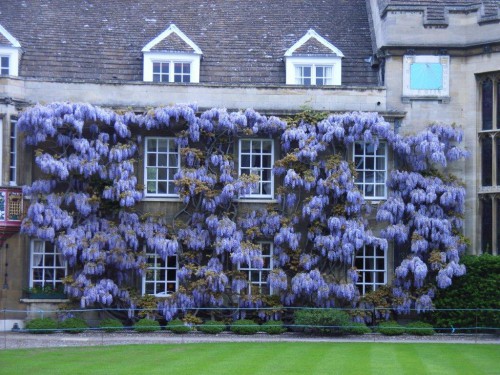

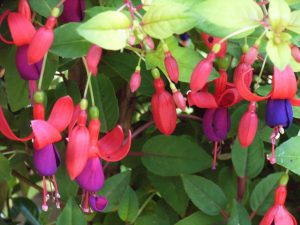
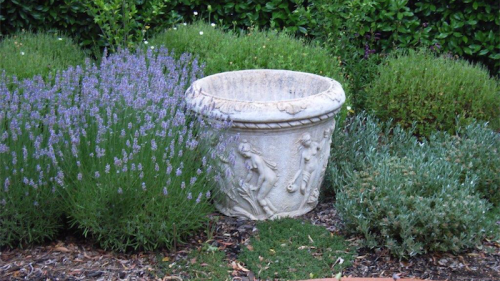
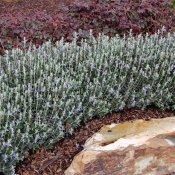
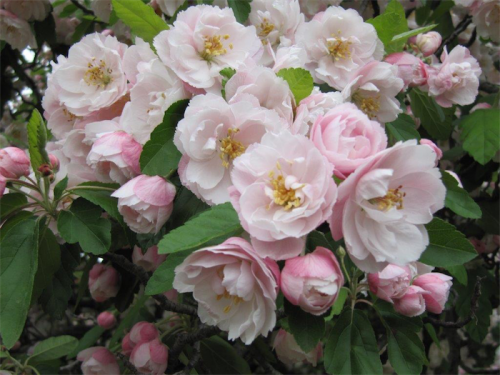
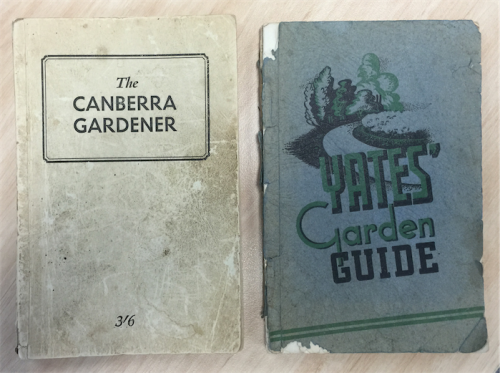
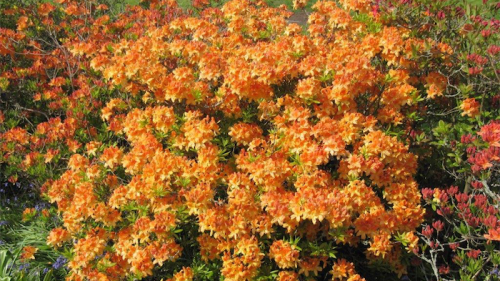
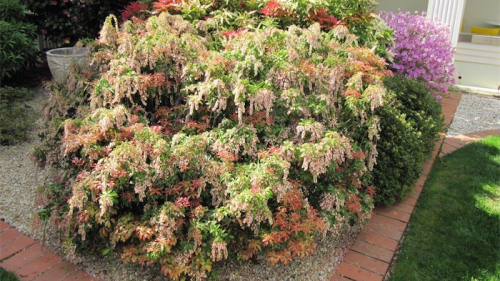

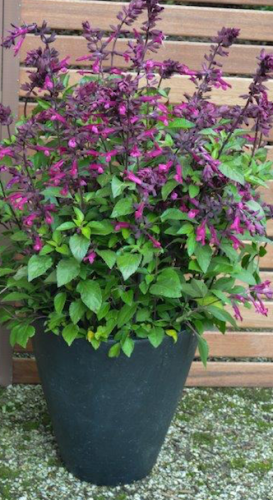
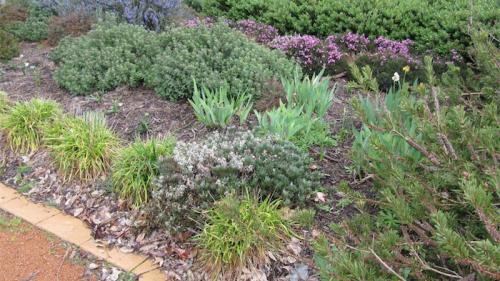

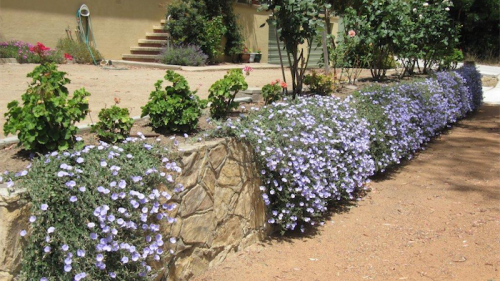
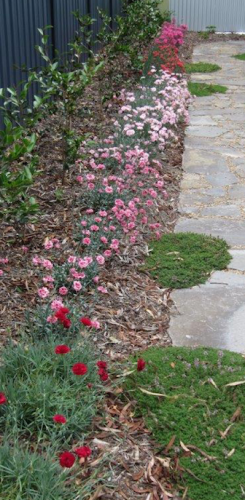
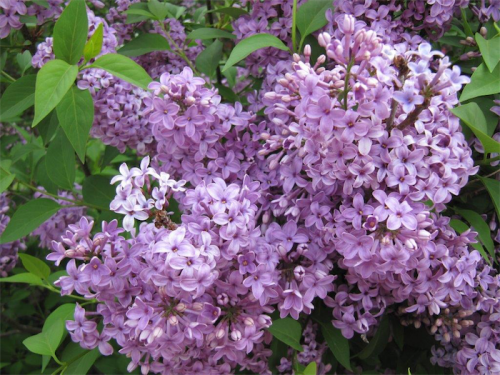

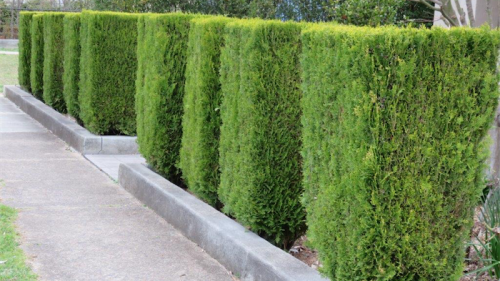
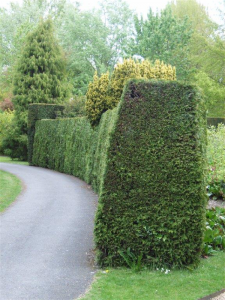



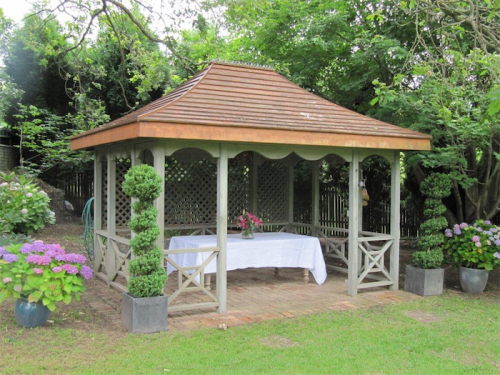
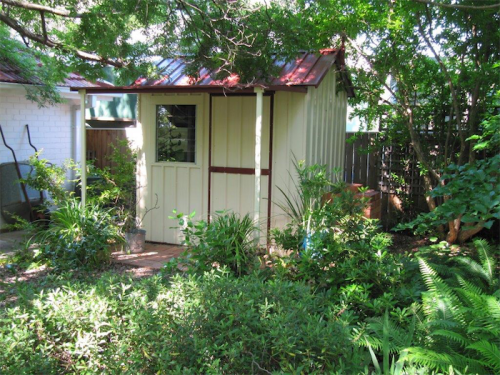
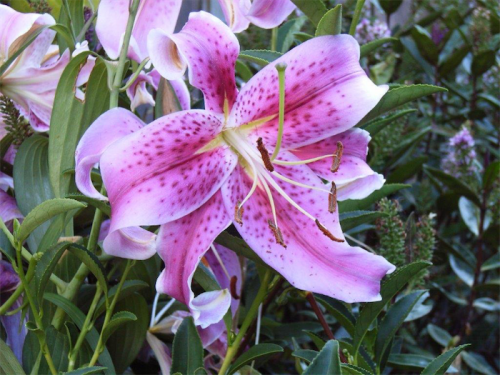
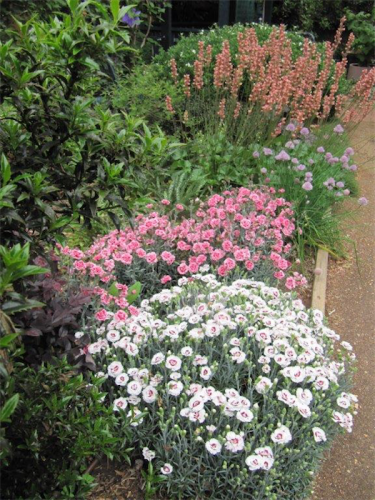 HERE’S a corner of our garden, illustrating the sheer joy of the spring/early summer garden. In the foreground is a white Dianthus “Coconut Sundae” and then the pink D. “Candy Floss”. Next the blue pom-pom heads of chives. All of these can look stunning as an edging to paths. To the left is the speckled leaves of Pulmonaria “Electric Blue”, showing its rich blue flowers since late August. The leaves stay evergreen all winter and are untroubled by frost. The tall flowers are of an unnamed Heuchera. To the left is the deciduous Daphne genkwa and in the background Daphne “Eternal Fragrance”. These look after themselves, providing months of colour. Why would you not have a great selection of perennials?
HERE’S a corner of our garden, illustrating the sheer joy of the spring/early summer garden. In the foreground is a white Dianthus “Coconut Sundae” and then the pink D. “Candy Floss”. Next the blue pom-pom heads of chives. All of these can look stunning as an edging to paths. To the left is the speckled leaves of Pulmonaria “Electric Blue”, showing its rich blue flowers since late August. The leaves stay evergreen all winter and are untroubled by frost. The tall flowers are of an unnamed Heuchera. To the left is the deciduous Daphne genkwa and in the background Daphne “Eternal Fragrance”. These look after themselves, providing months of colour. Why would you not have a great selection of perennials?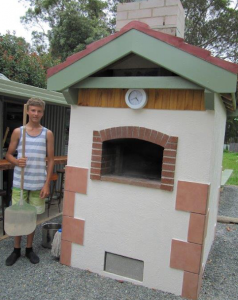 GARDENS should be both a fun place for children and an ideal place for outdoor entertaining. Besides barbecues, why not build a pizza oven in the garden?
GARDENS should be both a fun place for children and an ideal place for outdoor entertaining. Besides barbecues, why not build a pizza oven in the garden?